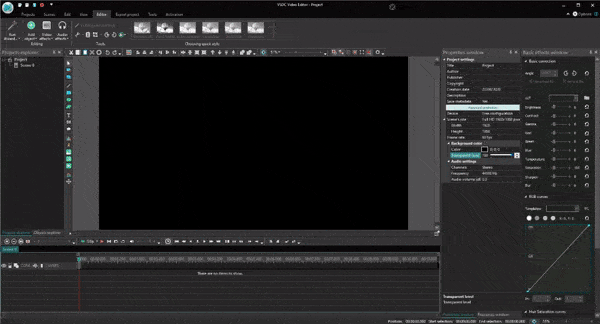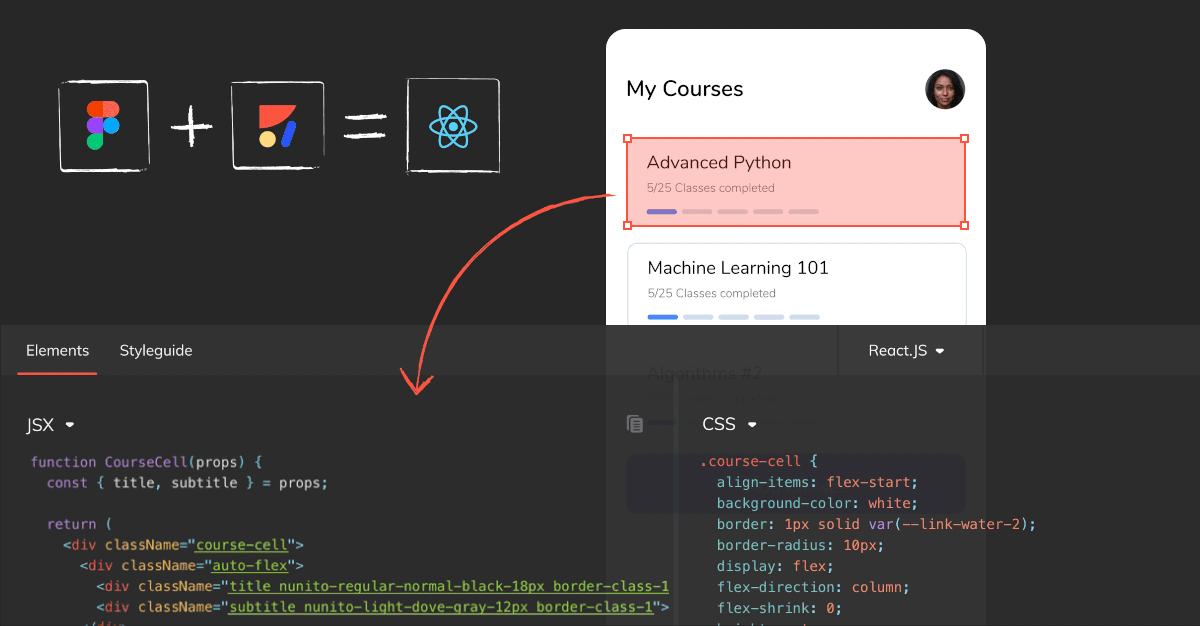

You need to understand your user (or reader) and their needs, then develop the right solution for them. I’m going to repeat what others have said many times before: your portfolio is just another design project. An exceptional case study keeps the audience in mind Like any good writer, you need to write for your audience. Expectations change based on the size of the company, the maturity of the design team, your seniority level, and the specific role itself.

While every case study should be different, it still has to meet the expectations of a hiring manager. How can you use your case study to showcase what makes you different from other designers? Their portfolios were indistinguishable, so I had no way to assess their unique skills, perspectives, or contributions. While interviewing candidates, I have come across portfolios from students or coworkers who worked together on the same projects. Instead, I’ll offer some ideas that can help you find the right approach for your work. It doesn’t have to follow the exact formula of every other UX portfolio. You’re the only one who can tell it from your perspective. A case study is your own personal experience. When I started drafting this article I considered developing a template that would be easy to fill out. An exceptional case study answers “why”.An exceptional case study tells a story, not a process.

An exceptional case study sets expectations upfront.An exceptional case study keeps the audience in mind.Throughout these experiences, I collected thoughts and ideas about what makes a UX case study exceptional. It was a very unique opportunity to be on both sides of the hiring process at the same time. While reviewing candidates’ portfolios I was also sharing my case studies with employers to find a new role. In one instance, I was hiring and job searching at the same time. I’ve reviewed hundreds of UX portfolios over the years as a hiring manager and as someone who enjoys building portfolios.


 0 kommentar(er)
0 kommentar(er)
